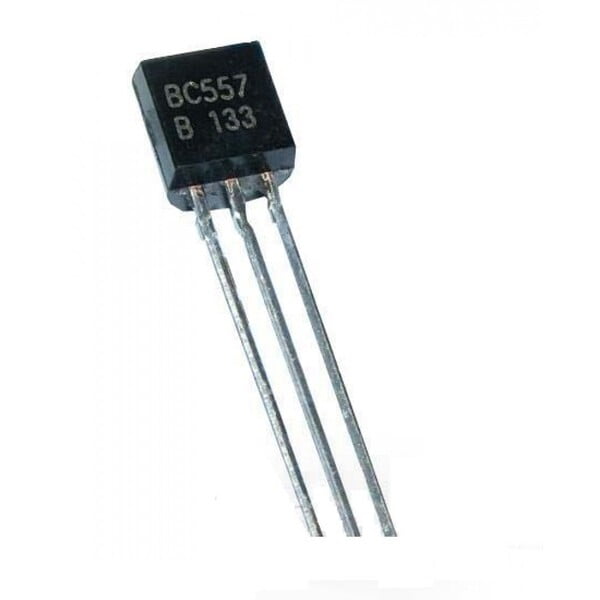
BC557 (PNP Transistor)
0.800BD
BC557 (PNP transistor) is designed to provide a reliable and efficient amplification solution for your needs. With a high-quality transistor and a durable design, this component is perfect for use in various applications, including electronics and DIY projects. Made with high-quality materials, this component is resistant to heat, cold, and chemicals, making it ideal for use in harsh environments.
Choose Quantity
Product Details
Electronic Components
Usage scenarios:
Features:
• High-quality transistor
• Durable design
• PNP type
• BC557 type
Usage scenarios:
• Amplifying signals
• Creating DIY projects
• Providing an amplification platform
• Implementing analog circuits
